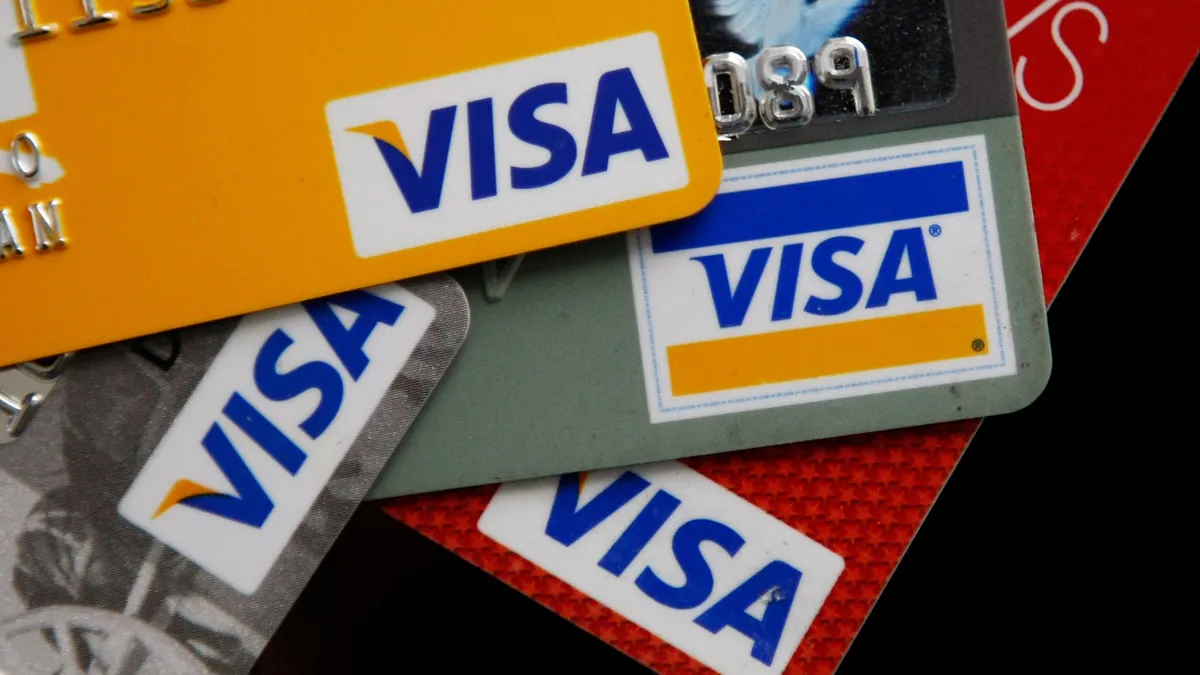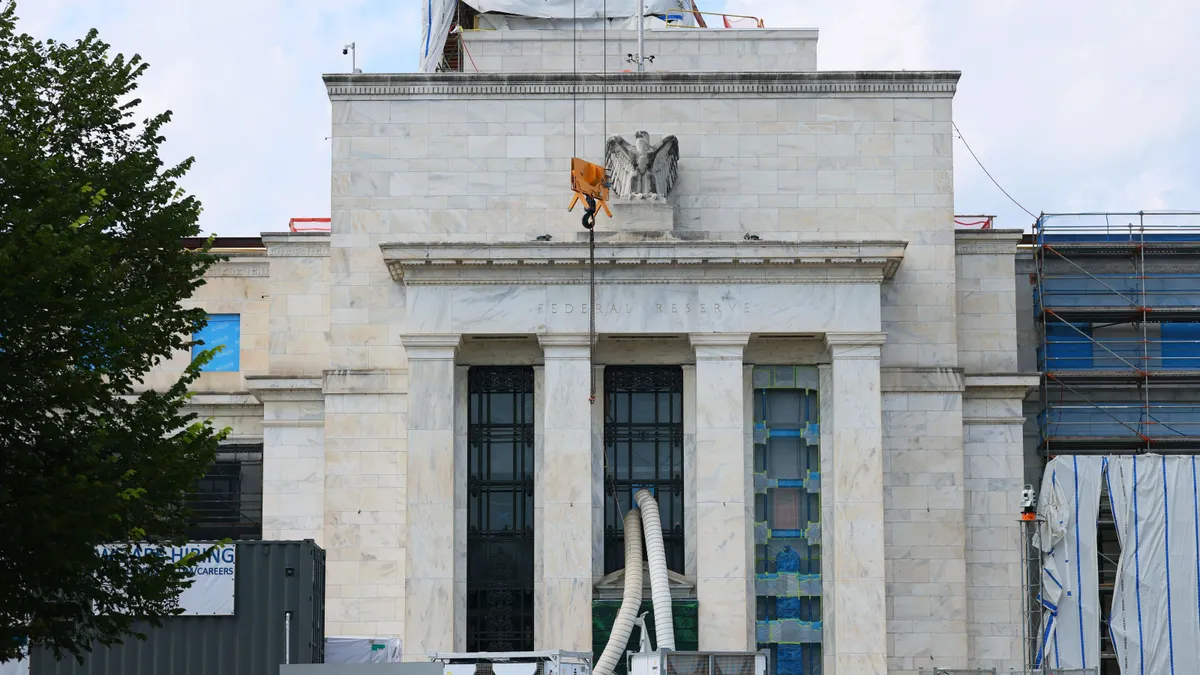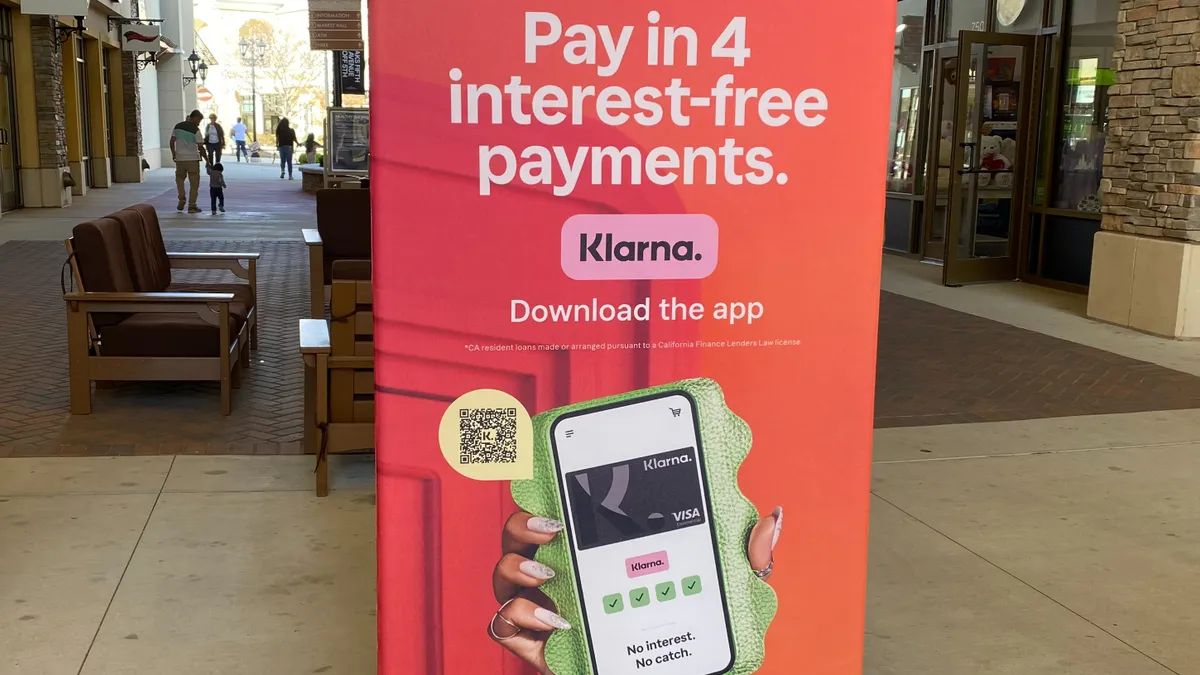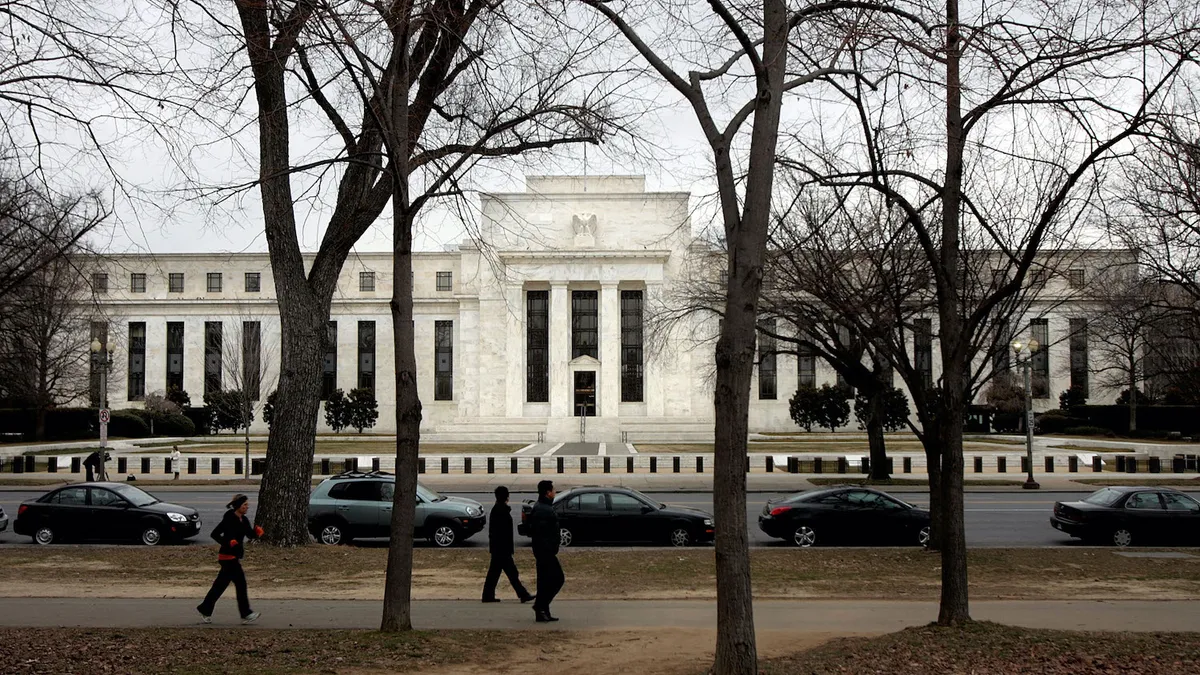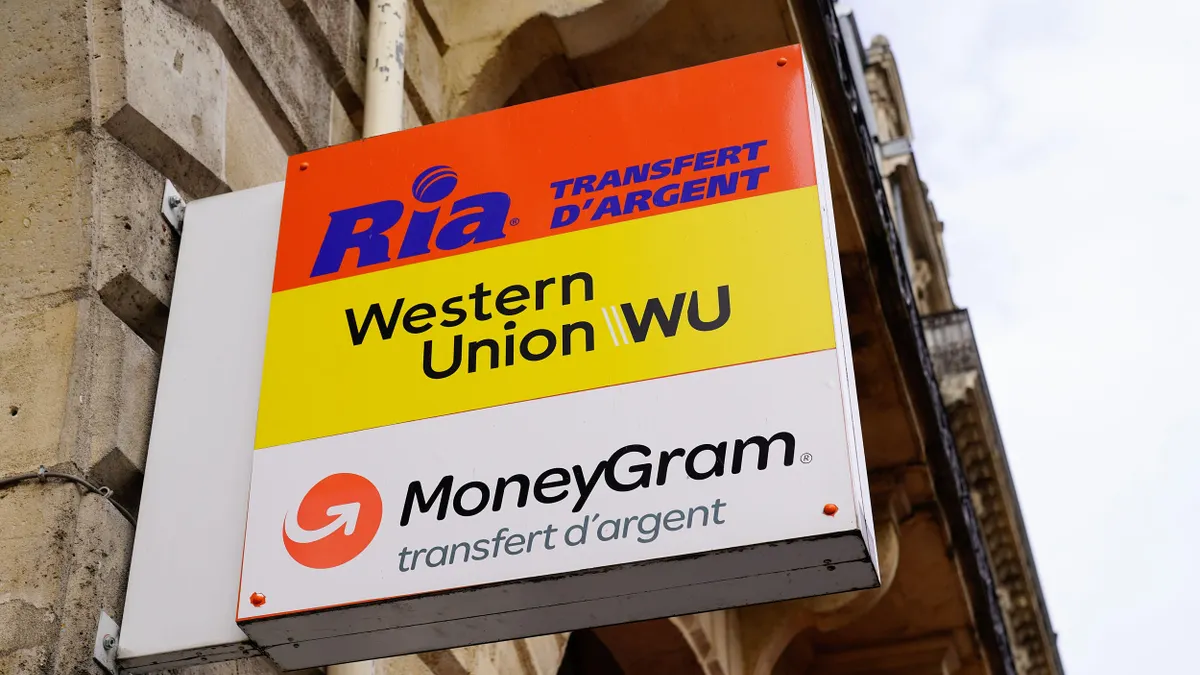Visa, the largest U.S. card network, expects to target its stablecoin strategy to certain markets and uses as the digital currencies become a reality around the world.
Visa CEO Ryan McInerney fleshed out the card network giant’s stablecoin approach during an earnings call with analysts Tuesday, explaining how it makes sense for the company to pay special attention to the viability of stablecoins in certain markets.
In particular, Visa’s efforts to offer stablecoin options may be best suited to emerging market economies where it’s had more difficulty digitizing payments, he said.
“On the emerging markets use cases, the bulk of those markets around the world are very cash rich markets — the bulk of those markets around the world are markets where we haven't been as successful digitizing cash as we have in more mature markets,” McInerney told analysts on the webcast in discussing stablecoin opportunities.
Specifically, he foresees options for shifting payments in stablecoins to transactions on the networks’ array of credit and debit cards in such markets. “To the extent that stablecoins get adopted in a broad-based way by both consumers and businesses” in such emerging markets, “I think that could accelerate our progress digitizing consumer payments, small business and commercial payments in those markets,” he said.
The Visa strategy on stablecoins is surfacing just days after President Donald Trump signed the Genius Act, which begins to create a regulatory framework for the digital assets that are pegged to a currency or commodity that is considered a stable asset, such as the U.S. dollar. While stablecoins are still rarely used in commerce, companies are beginning to see them as potentially useful particularly for cross-border transactions.
Stablecoins are often seen as an alternative or bridge to cryptocurrencies. With the proliferation of hundreds of different cryptocurrencies, including bitcoin, stablecoins emerged as alternatives to those more volatile digital assets.
McInerney expects stablecoins could bolster the company’s cross-border and business-to-business payments plays to make inroads in areas where it hasn’t before. He specifically cited the market for remittances, which are payments sent by migrants working in certain countries, often the U.S., to friends and family in other countries.
“Whether it's remittances or B2B money movement, those are enormous (total addressable markets) that we're still relatively low, in terms of our penetration of those as well,” McInerney said. “That's going to be an opportunity for us to continue to expand and accelerate our growth.”
The company has generally relied on its international Visa Direct payments network to offer remittances services, but in some cases it hasn’t been as effective, McInerney acknowledged.
“For example, sending money from a Visa card to a bank account in an emerging market, we're reliant on local banking infrastructure, so in these types of use cases, stablecoins could enable us to have faster cross-border transactions,” McInerney explained on the webcast.
The San Francisco-based card network is now testing the use of stablecoins in some such markets versus its other fiat money movement options and pinpointing where the digital assets are most effective, the CEO said.
“At this point, we've got a pretty good sense on which corridors we can provide, faster money movement, cheaper money movement, which ultimately is value, I think, that will accrue both to end users and to our clients,” McInerney said.
The CEO didn’t specify which markets are being used for those experiments. A spokesperson didn’t respond to a question seeking additional information.
“There is a real product market fit for stablecoins in remittances for certain corridors, and as the largest money movement platform around the world, we're going to be an early adopter of a lot of those things on behalf of our clients and their end-users.
Visa reported its fiscal third-quarter net income for the month ended June 30, rose 8% over the year-ago period to $5.3 billion as revenue climbed 14% to $10.2 billion, according to the company’s earnings presentation. Payments volume also increased 8%. Profits rose despite a 35% jump in operating expenses, driven by a 26% rise in general and administrative costs and a 23% rise in professional fees, according to the presentation.
“The company’s emerging stablecoin solutions should accelerate its (commercial and money movement solutions) business,” analysts at the financial firm William Blair told clients in a Wednesday note. The firm predicted Visa will integrate stablecoin services into its Visa Direct services.




